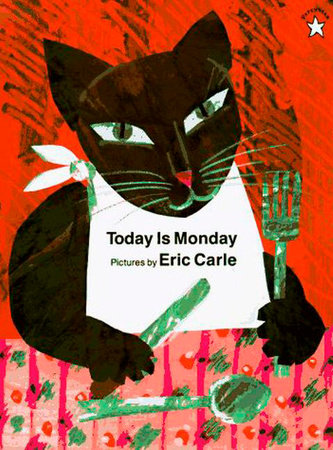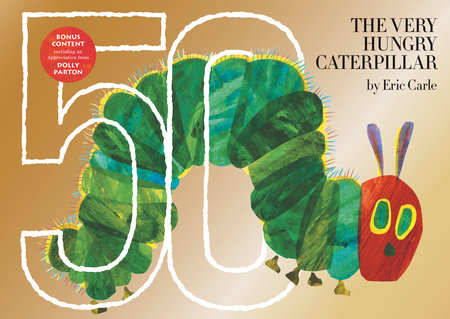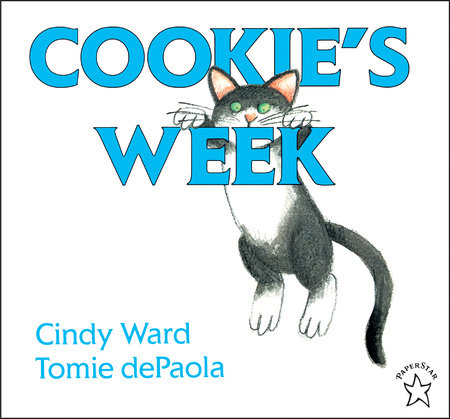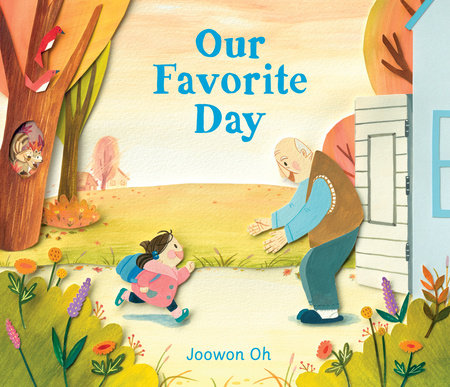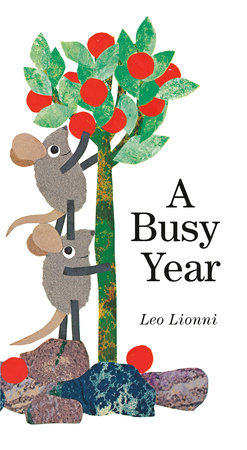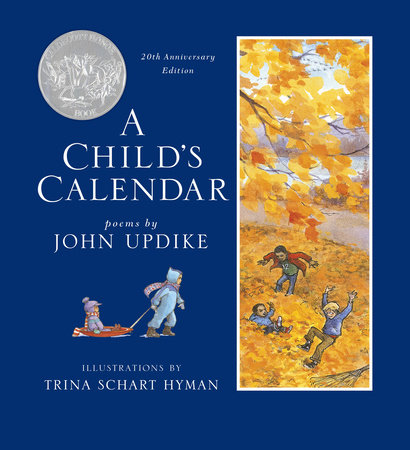Is It Tomorrow Yet? Tips, Tricks, and Books for Helping Kids Learn How Calendars Work
by Lindsay Barrett
“How many more days until my birthday?”
“Does our class have gym today?”
“When is Halloween?”
Most young children are constantly curious about their schedules — but explanations like “on Wednesday,” “in a week,” or “in the fall” feel arbitrary when you’re little. A strategic, developmentally appropriate approach to introducing calendar concepts — along with plenty of repetition — can help give little ones some of the understanding and independence they crave.
As a kindergarten and preschool teacher and mom to a big family of kiddos who never stop asking about our family schedule, I’ve honed a few favorite ways to help kids make sense of all their “when” questions.
Songs and chants rule.
Learning the spoken sequence of the days of the week and months of the year isn’t the same as truly understanding the concepts behind them, but it’s an important first step. So, sing or recite them loudly, proudly, and often. Energetic kids YouTube personality Jack Hartmann is a perennial favorite. For better or worse, his 12 Months of the Year song and the Days of the Week Rap are guaranteed to stick in everyone’s heads.
Pairing movement with a song or chant can help the words stick and help make each day or month’s name more distinct and meaningful. Kids of any age can invent actions that represent things they do on each day of the week or in each month. Children also love learning the American Sign Language signs for each day of the week. These are a natural segue into teaching kids how to recognize the days of the week in print since the signs are based on each day’s first letter.
Of course, there are lots of great books that help kids commit the days of the week and months of the year to memory, too. Check out some favorites at the end of this post.
Make it personal.
Kids are more likely to internalize calendar concepts and patterns when they can put them in the context of their own lives. Talking (a lot) about how Thanksgiving comes in November, which months are for skiing, or how Mom always has the day off on Saturday gives kids something concrete to associate with calendar vocabulary. Challenge yourself to greet children each day with, “Happy Tuesday! On Tuesdays we _____!” and soon it’ll be a familiar habit.
A calendar should be a working document.
Cute calendars with apples or pumpkins to stick on each day look nice. Still, they don’t always make the patterns easy for kids to see—especially if you only hang up one number each day. I prefer to “build” a calendar with the kids before the start of every month. I do this by adding the month, day, and numbers on sticky note squares to butcher paper or marking up a large, uncluttered paper wall calendar. Having the entire month visible—ideally, along with the beginning of the following month—expands the possibilities for how kids use a calendar. Let the kids add cues to the calendar, like houses on no-school days, pizza slices for pizza lunch days, or Xs for days gone by, to give purpose and meaning. When my oldest was three, every Thursday on our family calendar got a garbage truck sticker because trash collection was a big event!
When you use a calendar as a dynamic tool, kids naturally learn how it works. Ask them to point to “yesterday, today, and tomorrow,” find specific day numbers, or count the days or weeks until a significant event. Encourage kids to notice patterns, like how all the Mondays are in the same column, how the numbers continue from week to week, or how one month ends on a Thursday and the following month starts on a Friday.
This work takes lots of adult direction at first. Still, over time, kids will become familiar with the calendar as a helpful tool. Finding a child quietly counting days on the calendar to figure out the answer to their question is a spectacular thing!
-
Favorite books for teaching kids about days of the week, months of the year, and the seasons:
-
Today Is Monday
Available from:This catchy title about foods to eat on each day of the week can be read or sung and never fails to make kids smile, especially when you reach Wednesday’s ZOOOOP (soup). It’s fun to write your own version with kids’ favorite foods, too.
Also available from: -
The Very Hungry Caterpillar
Available from:Of course, we can’t forget about this enduring classic about the steadfast caterpillar who munches through fruits on each day of the week. Generations of kids will forever remember Saturday as junk-food day thanks to the caterpillar’s weekend feast!
Also available from: -
Cookie's Week
Available from:Cookie, the cat, gets into trouble around the house every day of the week. Kids easily memorize this classic and straightforward text, so it’s great to support their learning of the days of the week sequence.
Also available from: -
Our Favorite Day
Available from:Papa’s daily routine is always the same, right down to his favorite meal of dumplings. But Thursdays, which he spends making crafts with his granddaughter, are different and special. Kids will have lots of connections to this sweet story, and it’ll launch conversations about their own favorite days of the week—which of course, you’ll then mark on your calendar!
Also available from: -
A Busy Year
Available from:Lovable mouse twins out for a January walk discover a bare tree. They return for a visit each month, and as the seasons change, the tree does as well. Using the tree illustrations to retell the story will help children practice the sequence of the months.
It’d be fun to pair this title with Mouse Seasons, the first new Leo Lionni book in nearly 30 years. Once these mice get kids thinking about favorite aspects of each season, be sure to talk about which months comprise each season in your location!
Also available from: -
A Child's Calendar
Available from:Sharing monthly poems is a classic way to help children learn about the months of the year, and this collection fits the bill perfectly. Each poem and its illustrations prompt children to discuss what they might experience each month, from the smell of mud in March to the feeling of a cool sprinkler in August.
Also available from:

